
Classic safaris without the risk


- Malaria-free safaris remove a worry from your safari planning. They are ideal for families and cautious travellers.
- Expect classic Big Five sightings, plus rare species, birds, and memorable photography opportunities.
- These landscapes span mountains, semi-arid plains, river valleys, and coastal ecosystems, all distinct.
- Private reserves add exclusivity: fewer vehicles, flexible schedules, expert guiding, and conservation immersion.
- From Madikwe to the reserves of the Cape and Waterberg, malaria-free doesn’t mean compromising on wildlife.
 Want to experience a malaria-free safari for yourself? We have ready-made malaria-free safaris to choose from, or we’ll help you plan your dream safari.
Want to experience a malaria-free safari for yourself? We have ready-made malaria-free safaris to choose from, or we’ll help you plan your dream safari.
Travelling to most African countries carries some risk of malaria infection – something that should always be taken into consideration when visiting. Though a few simple precautions can mitigate the risk of contracting malaria, there are those who, for various reasons, prefer not to take the chance at all. Fortunately, South Africa offers a plethora of malaria-free destinations – without sacrificing the luxury safari experience. Plus, many of these destinations offer sightings of the Big 5 – Africa’s must-see checklist including elephant, lion, leopard, buffalo, and rhino. Have a look at our list of favourite malaria-free safari destinations:
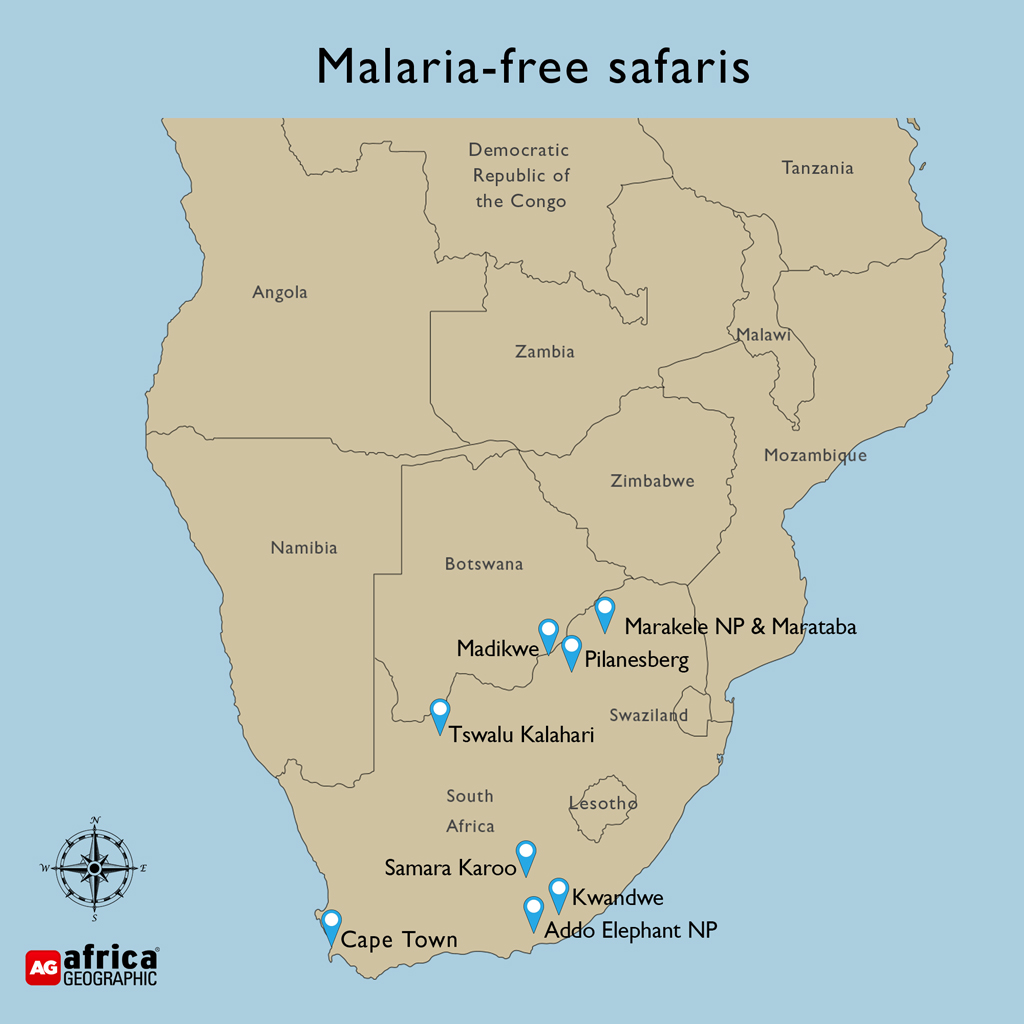
Madikwe Game Reserve
Madikwe Game Reserve lies just south of South Africa’s border with Botswana, only 40km from Gaborone, and extends across 75,000 hectares, including recently incorporated private land, making it the fifth-largest game reserve in South Africa. Nestled on the fringes of the Kalahari, the magnificent Madikwe Game Reserve is one of South Africa’s top safari destinations – malaria-free or otherwise. The exclusive Big-5 reserve teems with iconic and unusual wildlife, offering the opportunity for spectacular animal encounters and striking photography. As Madikwe is not open to day visitors, safari experiences are very personal – whether from the back of a vehicle or the back of a horse.
There is a range of camps and lodges to choose from, from high-end luxury to family or budget-friendly options, and, importantly, community-owned and run lodges that see profits going directly to community members.
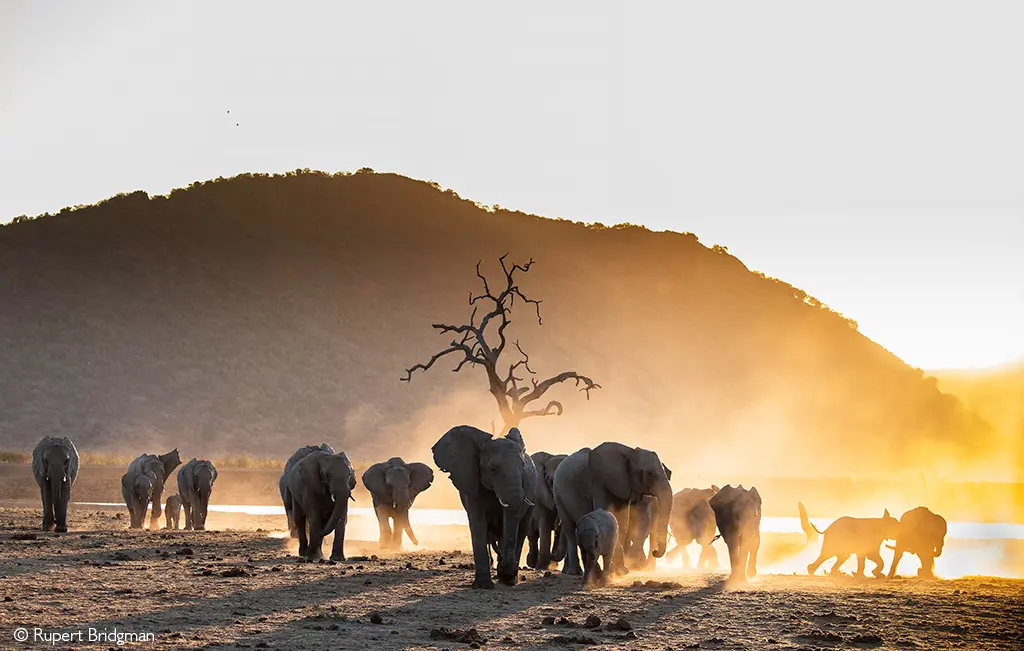
The malaria-free aspect of the reserve makes it an ideal attraction for families travelling with young children. It is also easily accessible from Johannesburg. Madikwe’s game viewing is at its best during the winter months – the dry season – as the animal life congregates near available water (often at lodges).
From decadent safaris to down-to-earth, family-oriented comfort, the Madikwe experience is a classic, guaranteed to enthral.
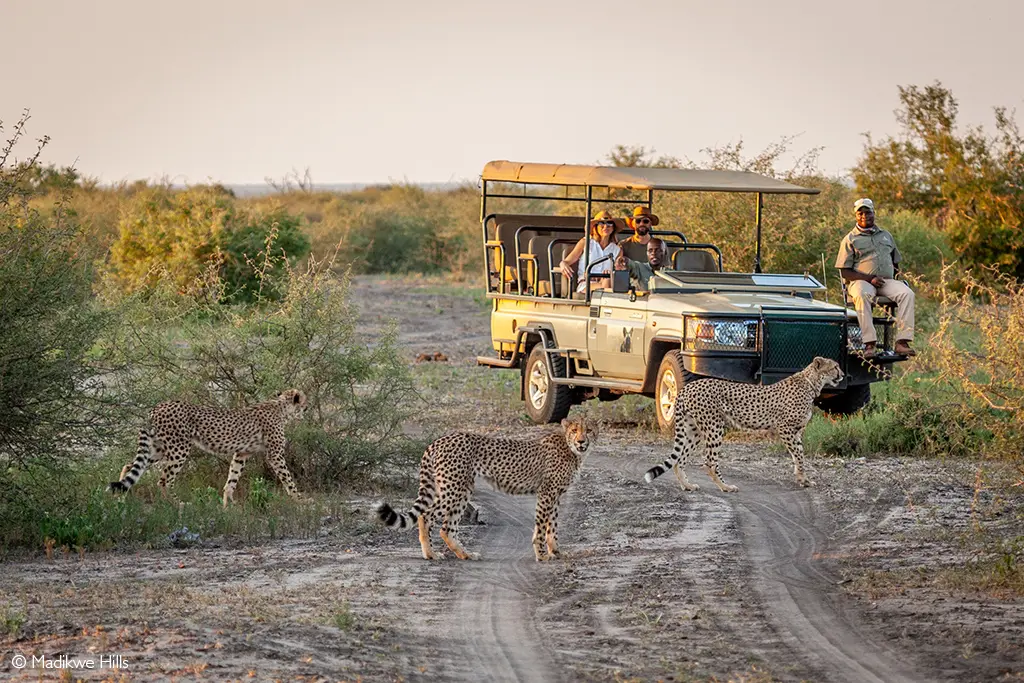

Marakele National Park and Marataba
In the heart of the Waterberg, Marakele National Park offers a malaria-free bush escape defined by big skies, sculpted mountains and a satisfyingly different feel from the savannah stereotypes. Sitting in a transitional ecological zone between South Africa’s drier west and moister east, 67,000-hectare Marakele supports a remarkable mix of habitats and biodiversity – including pockets of fynbos in the higher, mountainous areas. The park is home to the Big 5 and is famous for its dramatic scenery: rugged peaks, winding passes and the unforgettable sight of Cape vultures riding thermals above the cliffs.
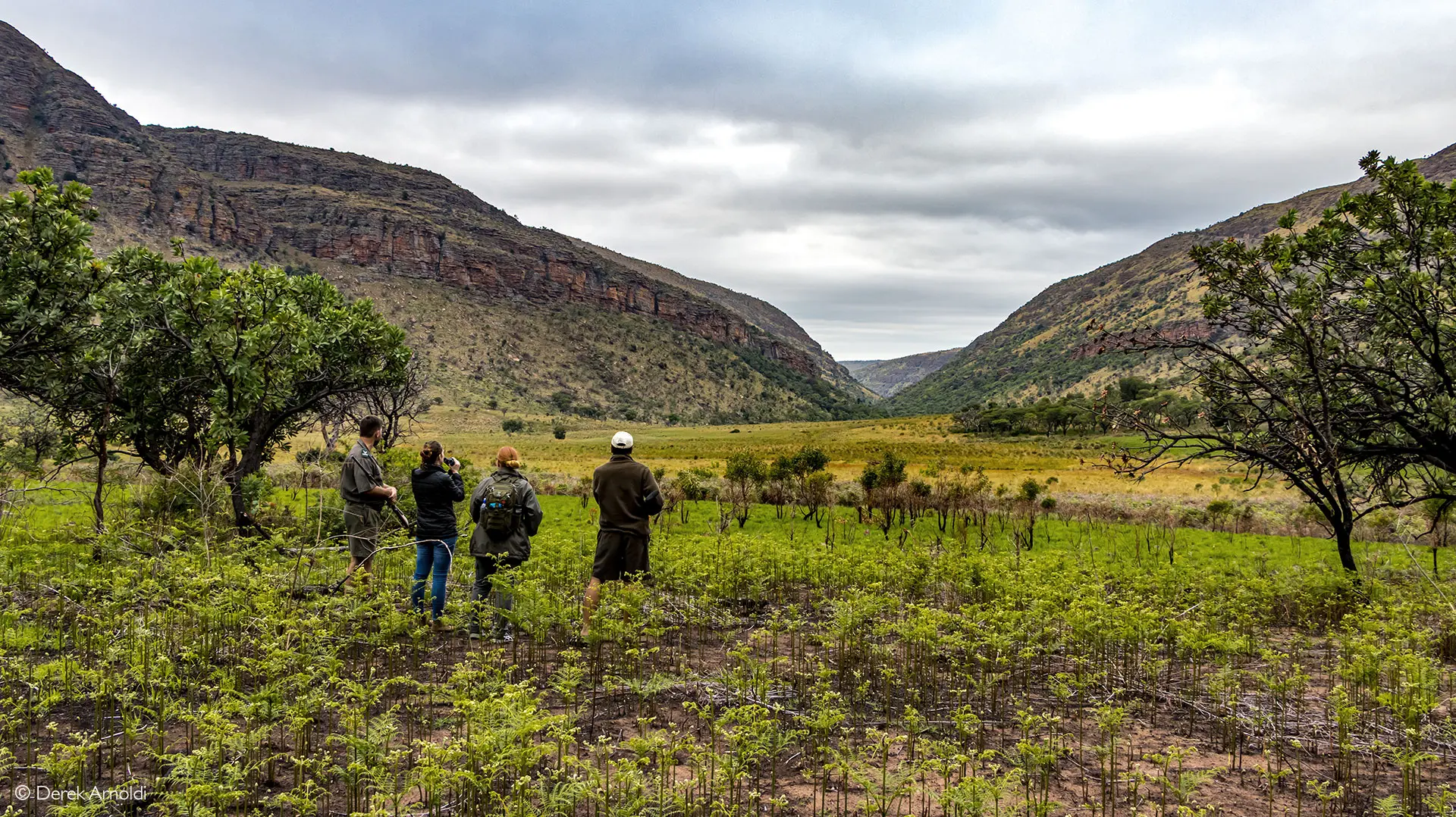
Within the borders of Marakele lies another precious gem – a 23,000-hectare private concession Marataba. Marataba adds an extra layer of safari polish and exclusivity, pairing the area’s wild beauty with a more intimate lodge-and-guide style of game viewing. Marakele National Park and Marataba make compelling malaria-free options: landscape-rich destinations where mountain vistas, varied vegetation, and excellent Big-5 potential come with fewer crowds and a pleasantly moderate climate (with summer rainfall taking the edge off the heat).
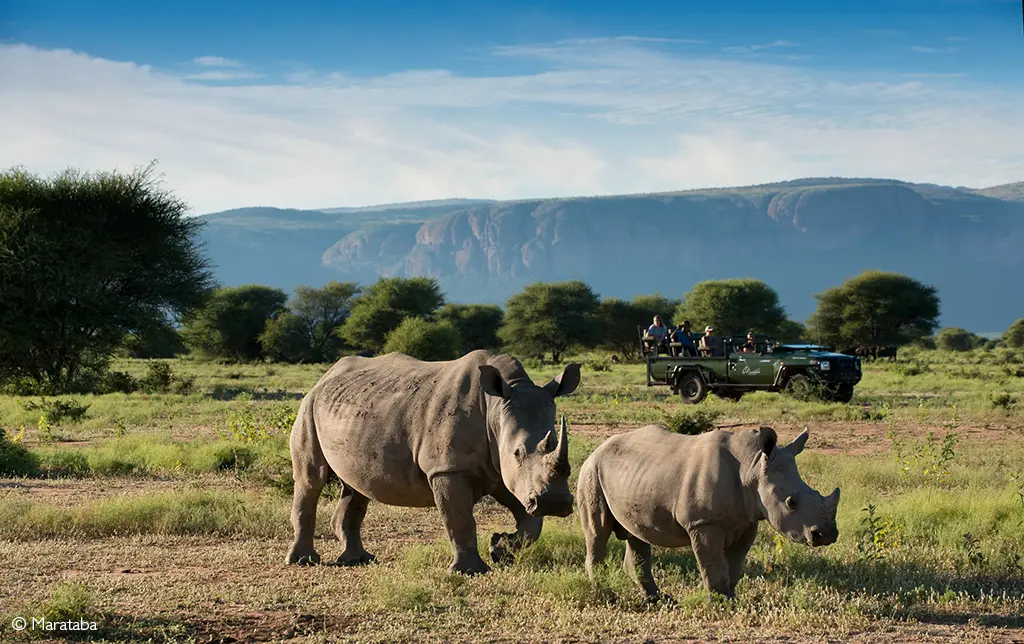

Pilanesberg National Park
Situated at the centre of an ancient caldera of a long-extinct volcano, the Pilanesberg National Park is visually striking and bursting with life around every corner. The reserve is 57,250 hectares in size and is found in the transition zone between the Kalahari and Lowveld, making it an ecologically rich area offering thrilling wildlife viewing in picturesque surrounds.
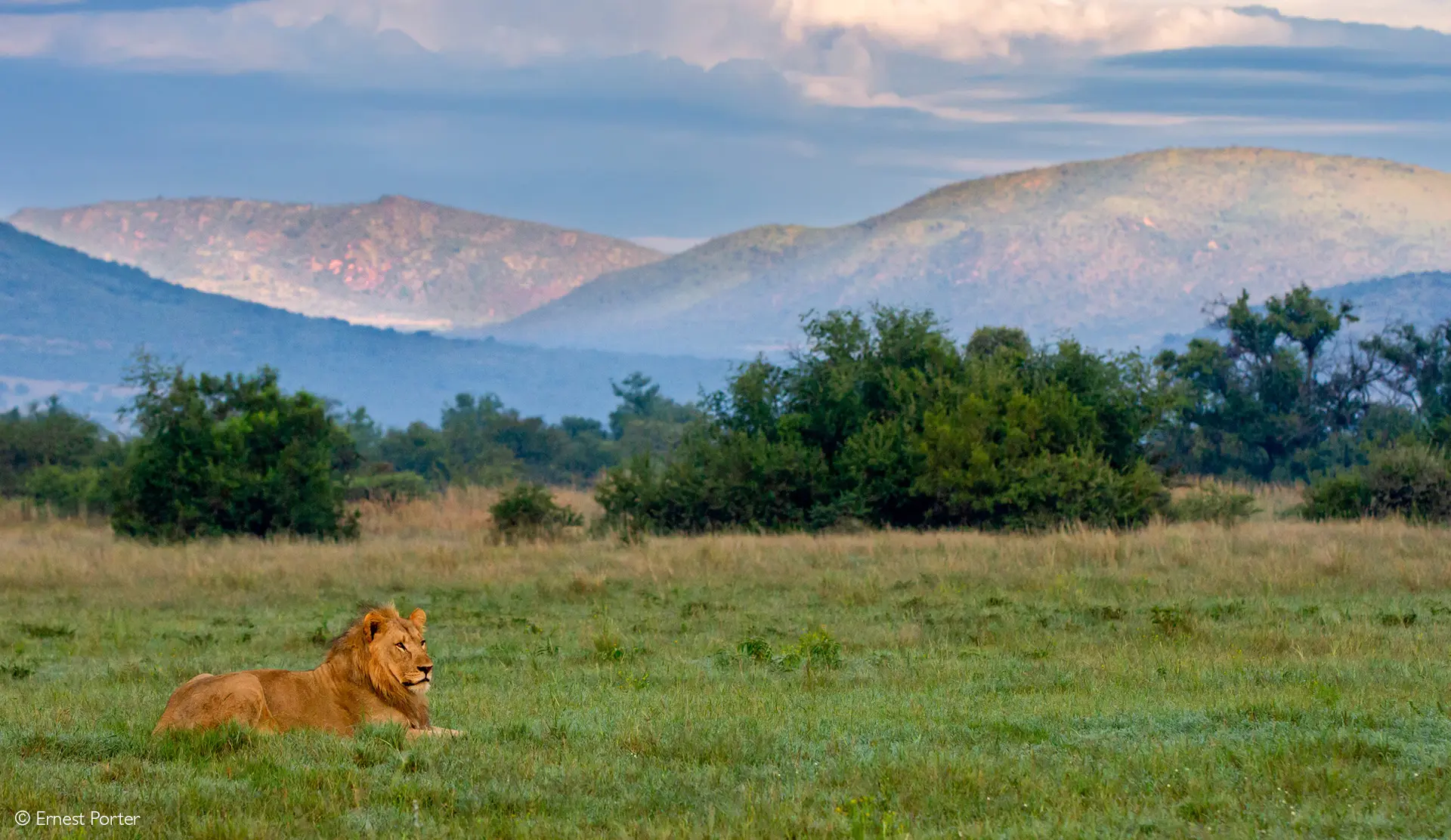
The park offers a wide variety of accommodation options, from camping and budget accommodation to luxury lodges. At 55,000 hectares in size, there is ample terrain to be explored and a diverse road network (of more than 200km) which can be explored.
A diverse range of animal species native to southern Africa can be found here, including the Big 5 and more than 360 species of birds. The reserve is just two hours drive from Johannesburg and is perfect for intrepid explorers wanting a self-drive experience.

Addo Elephant National Park
As the name suggests, Addo Elephant National Park is an elephant lover’s nirvana. As part of the national park falls along the coast, it is also the only place in Africa where visitors can encounter the ‘Big 7’, which includes the typical Big 5 assortment plus dolphins and whales.
Addo covers five of the country’s eight vegetation zones, so the biodiversity on display in this 180,000-hectare park is staggering, accompanied by sweeping vistas and accommodation options to suit most budgets.
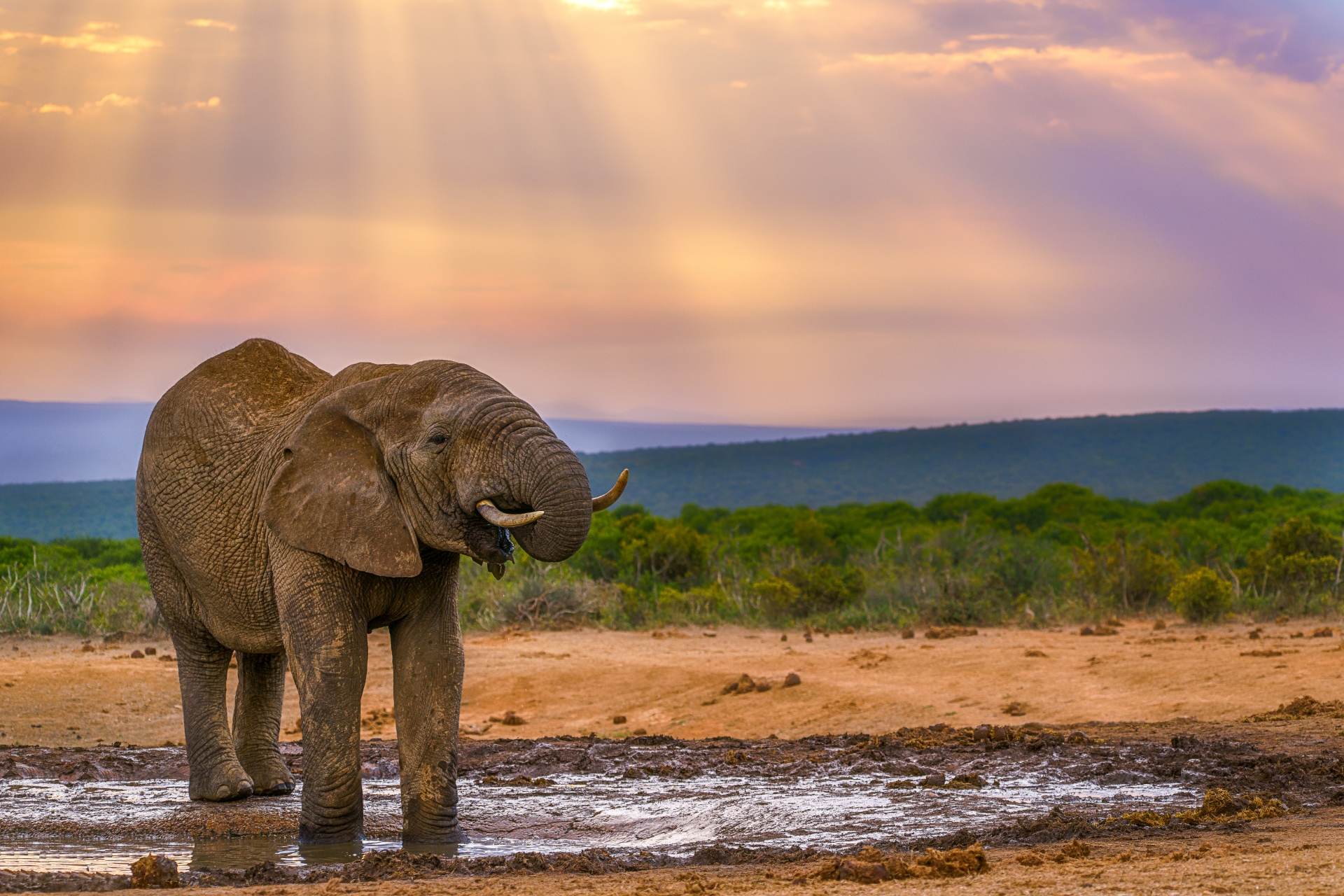
Samara Karoo Reserve
In the heart-stoppingly beautiful Great Karoo, Samara Karoo Reserve is a malaria-free rewilding success story on 27,000 hectares of “born-again” wilderness. This semi-arid landscape is anything but simple: Samara protects a uniquely biodiverse meeting place of five of South Africa’s major vegetation types – savanna, Nama Karoo, Albany thicket, forest and grasslands – creating a wonderfully textured safari setting of wide horizons, ancient mountains and crisp, star-filled nights. It’s also an easy add-on to a Cape Town or Garden Route trip, offering a true sense of space and solitude.
Wildlife is refreshingly varied, with over 60 mammal species recorded, including the Big Five, cheetah and charismatic Karoo specials like aardvark and the elusive black-footed cat, as well as giraffe and herds of desert-adapted antelope such as springbok and oryx. Activities lean into the reserve’s wilderness character: game drives and bush walks, the thrill of tracking cheetahs on foot, hikes to ancient rock art, and the unforgettable novelty of sleeping under a “gazillion stars” in Samara’s famous star bed.

Kwandwe Private Game Reserve
Set in the topographically dramatic, biodiversity-rich landscapes of the Eastern Cape, Kwandwe Private Game Reserve is a conservation success story – a restored wilderness rehabilitated from former farmland. Straddling the Great Fish River and spanning some 30,000 hectares, Kwandwe delivers a wonderfully varied safari canvas, from riverine thickets to open plains, with the kind of scenery that keeps photographers busy even between sightings. As a malaria-free, Big-5 reserve, it’s an easy win for families and first-time safari-goers who want the full classic experience without the worry.
Wildlife viewing here is impressively diverse: alongside black and white rhino, elephant, lion, buffalo and leopard, guests may encounter cheetah, brown hyena and hippo, plus an array of plains game including kudu, springbok, eland, red hartebeest, giraffe, black wildebeest and gemsbok. Kwandwe also shines after dark, with regular sightings of nocturnal species such as aardwolf, aardvark, caracal, bat-eared fox and porcupine. Add in walking safaris and hands-on conservation experiences, and you’ve got a malaria-free destination that feels both luxurious and meaningfully wild.
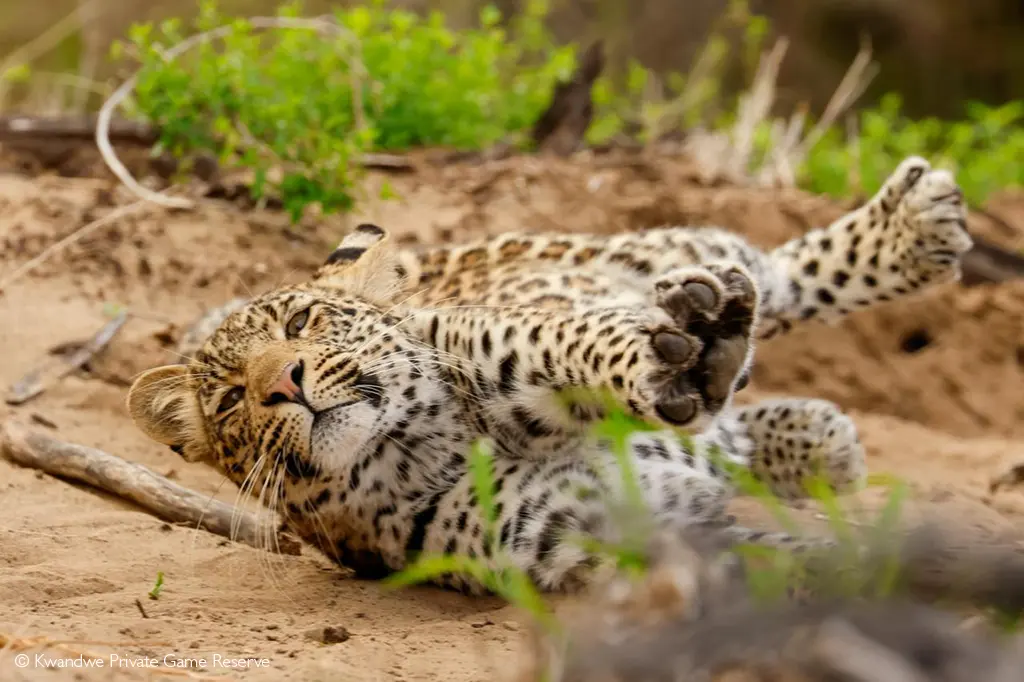

More private reserves of the Cape
The Eastern and Southern Cape are peppered with private game reserves – many offering Big-5 viewing – where the safari experience is typically more exclusive, flexible and intimate than in a national park. These landscapes are a Cape-style mosaic: mountains and deep valleys rolling into thicket and savannah, with the ocean never feeling far away. It’s a region where you can spend the morning tracking lion and rhino, then be sipping something chilled with coastal air in your lungs by late afternoon.
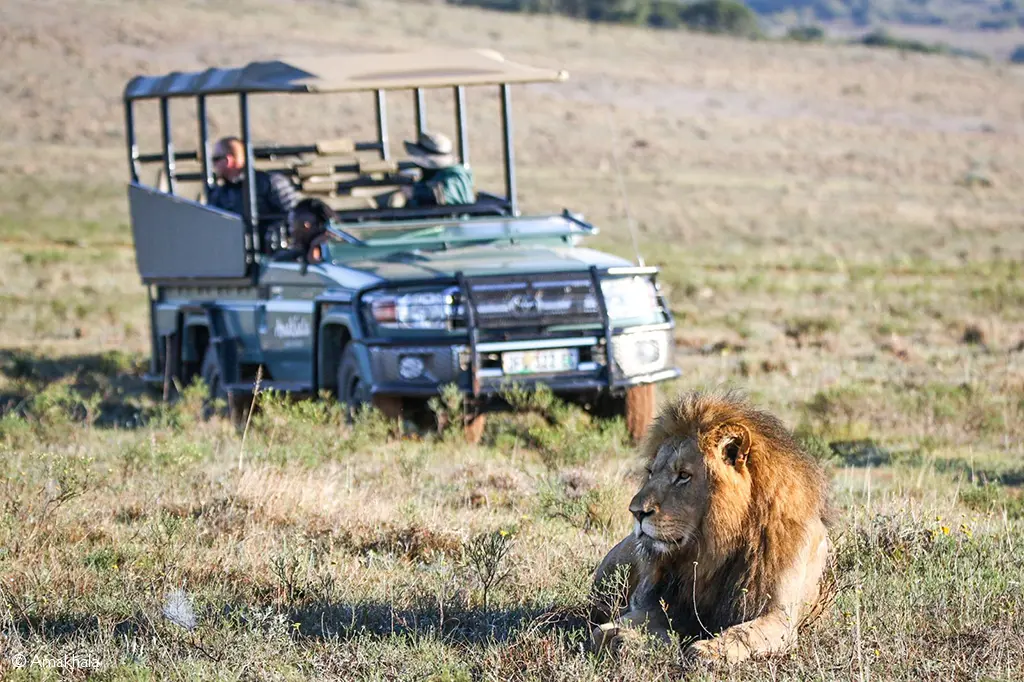
Reserves such as Shamwari Private Game Reserve, Amakhala Game Reserve, Kariega Game Reserve and Gondwana Private Game Reserve showcase the best of malaria-free Cape safaris, often pairing excellent guiding with a strong conservation ethos. And because you’re in the Cape, the “after safari” options are unusually tempting – from the winelands and wild beaches to Cape Town’s headline acts like Table Mountain and the penguins at Boulders Beach.

Tswalu Kalahari Reserve
Words fail to do justice to the sense of inner peace that descends when looking out across the vast vistas of the green Kalahari. Beneath the everyday sounds of chirruping geckos and melodious bird songs, the depth of the silence is a balm for the world-weary soul. Though no elephants are wandering Tswalu Kalahari Reserve, other members of the Big 5, wild dog (painted wolf) and cheetah are all present. However, the reserve is most famous for its assortment of rare and unusual wildlife offerings like black-maned lions, roan and sable antelope, aardvark, pangolin, brown hyena and aardwolf.
What truly sets Tswalu apart is its rare blend of scale, solitude and unapologetic ultra-luxury. With exclusive access to 120,000 hectares of privately protected Kalahari wilderness – and only three camps on the entire reserve – it offers one of the lowest bed-to-hectare ratios in South Africa, so the landscape feels vast, wild and wonderfully empty. Every booking includes a private vehicle, guide and tracker, giving you the freedom to linger at sightings, follow fresh spoor into the dunes, and shape each day around curiosity rather than a timetable. Beyond game drives, you can sit just metres from habituated meerkat colonies, explore ancient San rock art on foot, ride out on horseback, or spend time with resident researchers via the Tswalu Foundation.
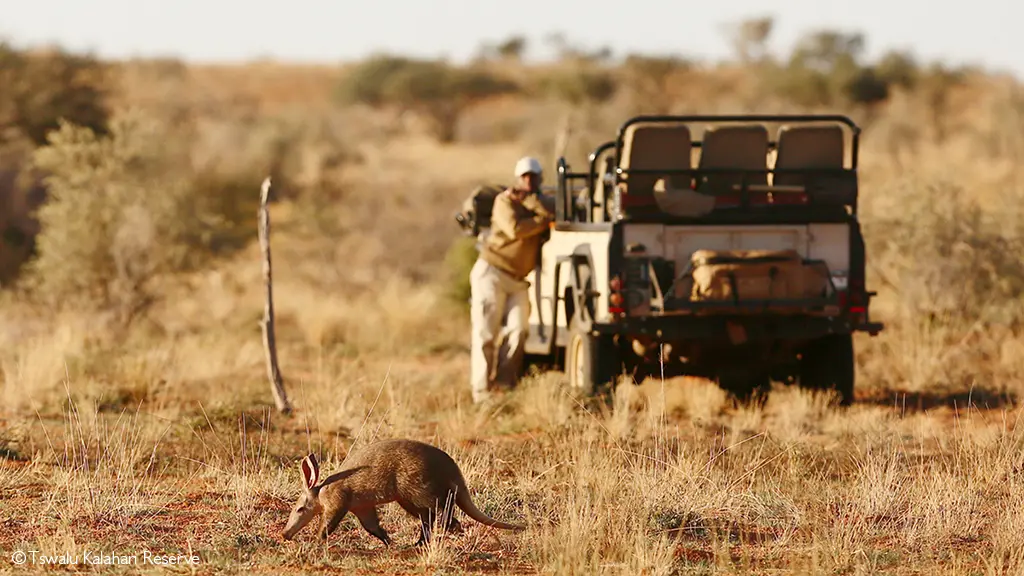
Final thoughts on malaria-free safaris
Whether you’re travelling with young children, prefer to avoid prophylactics, or simply want peace of mind on safari, South Africa’s malaria-free destinations prove you don’t have to trade comfort for adventure. From volcanic valleys and Kalahari dunes to Waterberg mountains, Karoo big-sky wilderness and coastal thicket, each region brings its own flavour of wild – and many still deliver those bucket-list Big Five moments. Add excellent guiding, conservation with real impact, and accommodation that ranges from value-friendly to ultra-luxurious, and you’ve got a safari menu that suits almost every traveller. All that’s left is choosing your landscape, your pace, and the kind of magic you want to come home with.
A note on “malaria-free”: the above list includes South African destinations only, as much of the country is officially considered malaria-free. While there are several regions within Southern Africa where the risk of transmission during the dry season is negligible, they are still considered by the World Health Organisation to be malaria-risk areas.

Further reading
- Cape Town – South Africa’s Mother City – offers a blend of a nature-lover’s playground, modern city lifestyle, cultural diversity and foodie heaven. Read more about Cape Town here
- Marakele in South Africa’s Waterberg is a Big-5, malaria-free biodiversity extravaganza, & home to one of the world’s largest Cape vulture colonies. Read more about Marakele here
- From relaxed elephants to hard-working dung beetles, Addo Elephant National Park is a conservation marvel packed with wildlife, adventure, and history. Learn all there is to know about Addo here
- Experience a full day on safari, from sunrise sightings to starlit nights, and discover what wildlife and moments each part of the day offers
- The Eastern and Southern Cape are peppered with private game reserves – many offering Big-5 viewing. Read more about them here
- We have a number of ready-made malaria-free safaris to choose from, and can plan the ultimate malaria-free safari for you. Read more about malaria-free safaris and find ready-made safaris here
To comment on this story: Login (or sign up) to our app here - it's a troll-free safe place 🙂.![]()




